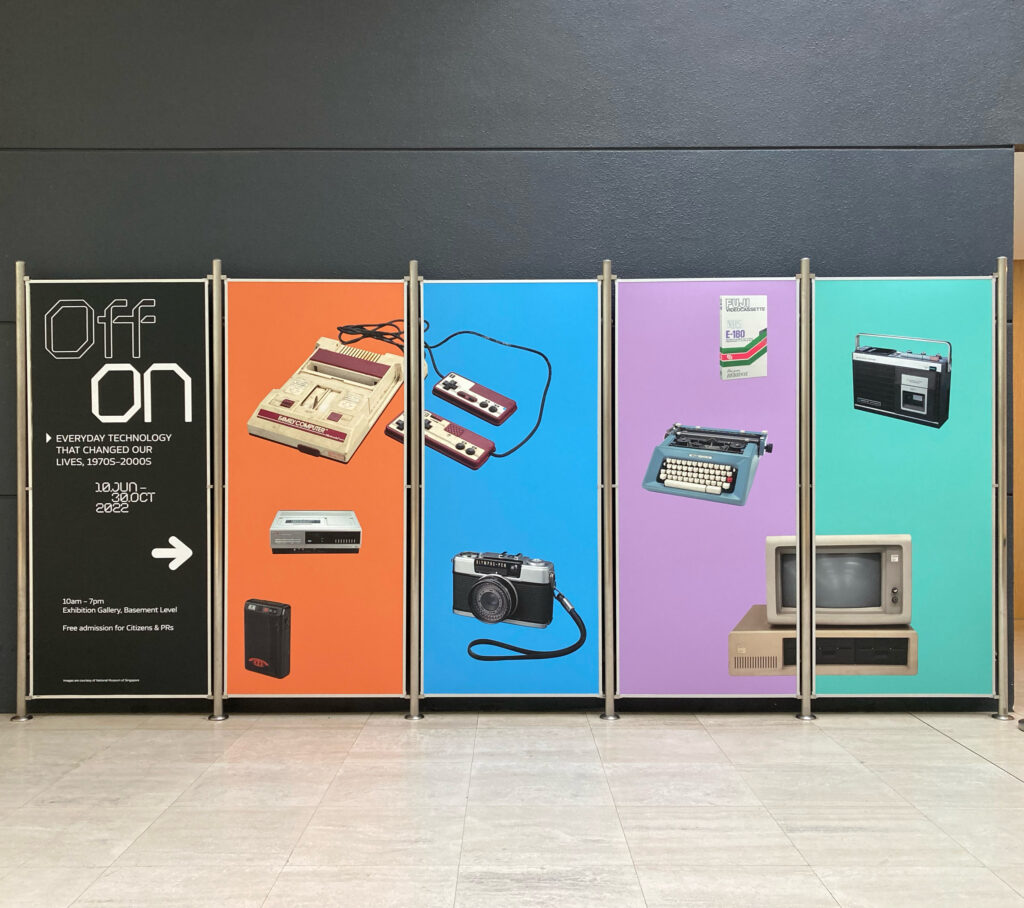
Home to more than 100 ethnic groups who speak hundreds of languages and dialects, Southeast Asia is one of the most culturally diverse regions in the world. It is also rich in natural resources, with its 4.5 million-square-kilometre area supporting a fifth of the world’s plant, animal and marine species. But despite this bounty of treasures for craft and design, the region has long been overshadowed by its surrounding creative capitals, including India, Japan, South Korea and China.
A change is underway, however, with the emergence of a new generation of Southeast Asian designers. Mostly born after the 1980s, they grew up in a time when the region prospered through trade and investment; this was the outcome of decades of post-war industrialisation precipitated by territories seizing their independence after more than a century of colonial rule. It remoulded a region that had for centuries been a vital hub in the spice trade into a major exporter of diverse materials for manufacturing as well as an attractive manufacturing base for international companies.
Along with Southeast Asia’s growing, globalised economies came a wave of modernisation and cultural globalisation that utterly transformed the region. In the 1980s and 1990s, for example, McDonald’s expanded from its first outlet in Singapore into Thailand, Malaysia, Indonesia, the Philippines and Brunei. In 1995, MTV began broadcasting an Asian edition throughout the region. Skyscrapers rose across the rapidly growing cities, with the Petronas Towers in Kuala Lumpur claiming the title of world’s tallest building in 1998. This arrival of modern ideas and cultures in a region steeped in tradition created a melting pot of cross-cultural interactions that have only been accelerated as the region has hooked up to high-speed internet and the increasingly globalised world.
Emerging from life between the local and the global is a new kind of Southeast Asian designer who desires to participate in creative culture that is unbound by conventional geographical boundaries. Not satisfied with their local design education, which until recently focused on equipping designers with the technical skills to serve manufacturing economies, some are going on to study in more design-forward places such as Europe, Australia and the United States, where they are encouraged to develop their creativity. And after graduating with top honours and going on to work for leading global designers and companies, some are returning home to Southeast Asia to ignite change in their local design scenes.
➜ Read the four essays in the EMERGE publication


